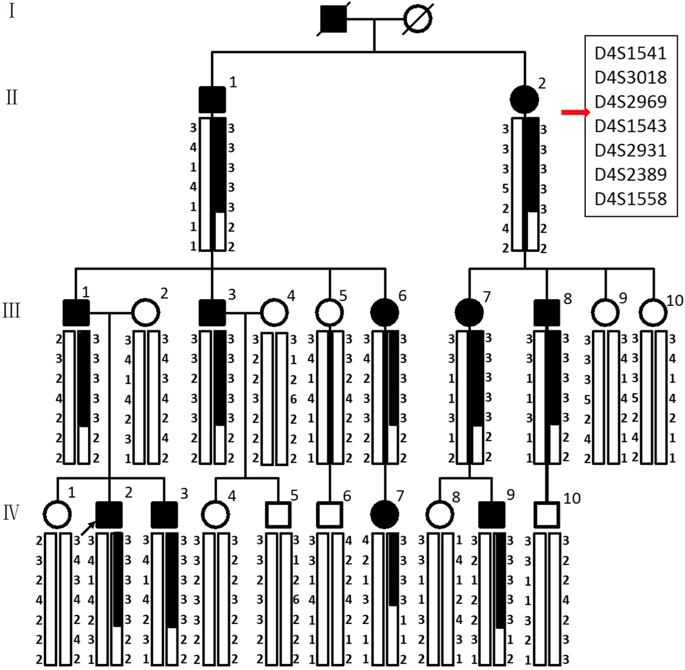International Journal of Oral Science ( IF 14.9 ) Pub Date : 2018-09-03 , DOI: 10.1038/s41368-018-0027-9 Ting Lu , Meiyi Li , Xiangmin Xu , Jun Xiong , Cheng Huang , Xuelian Zhang , Aiqin Hu , Ling Peng , Decheng Cai , Leitao Zhang , Buling Wu , Fu Xiong

|
Tooth development is a complex process that involves precise and time-dependent orchestration of multiple genetic, molecular, and cellular interactions. Ameloblastin (AMBN, also named “amelin” or “sheathlin”) is the second most abundant enamel matrix protein known to have a key role in amelogenesis. Amelogenesis imperfecta (AI [MIM: 104500]) refers to a genetically and phenotypically heterogeneous group of conditions characterized by inherited developmental enamel defects. The hereditary dentin disorders comprise a variety of autosomal-dominant genetic symptoms characterized by abnormal dentin structure affecting either the primary or both the primary and secondary teeth. The vital role of Ambn in amelogenesis has been confirmed experimentally using mouse models. Only two cases have been reported of mutations of AMBN associated with non-syndromic human AI. However, no AMBN missense mutations have been reported to be associated with both human AI and dentin disorders. We recruited one kindred with autosomal-dominant amelogenesis imperfecta (ADAI) and dentinogenesis imperfecta/dysplasia characterized by generalized severe enamel and dentin defects. Whole exome sequencing of the proband identified a novel heterozygous C-T point mutation at nucleotide position 1069 of the AMBN gene, causing a Pro to Ser mutation at the conserved amino acid position 357 of the protein. Exfoliated third molar teeth from the affected family members were found to have enamel and dentin of lower mineral density than control teeth, with thinner and easily fractured enamel, short and thick roots, and pulp obliteration. This study demonstrates, for the first time, that an AMBN missense mutation causes non-syndromic human AI and dentin disorders.
中文翻译:

整个外显子组测序鉴定出AMBN错义突变,导致严重的常染色体显性釉形成不全和牙本质疾病
牙齿发育是一个复杂的过程,涉及多个遗传,分子和细胞相互作用的精确且时间依赖的编排。成釉细胞蛋白(AMBN,也称为“ amelin”或“ sheathlin”)是第二个含量最高的釉质基质蛋白,已知在釉质生成中起关键作用。Amelogenesis imperfecta(AI [MIM:104500])是指遗传和表型异质性疾病,其特征是遗传性牙釉质发育缺陷。遗传性牙本质疾病包括多种常染色体显性遗传症状,其特征是影响到乳牙或乳牙和乳牙的异常牙本质结构。安邦的重要作用使用小鼠模型已通过实验证实了牙釉质形成过程中的作用。据报道只有两例与非综合症人类AI相关的AMBN突变。但是,尚无AMBN错义突变与人类AI和牙本质疾病相关的报道。我们招募了一个以常染色体显性釉质和牙本质缺陷为特征的常染色体显性牙釉质发育不全(ADAI)和牙本质生成不全/发育不良的亲属。先证者的整个外显子组测序在AMBN的核苷酸位置1069处发现了一个新的杂合CT点突变基因,在蛋白质的保守氨基酸位置357处引起Pro到Ser突变。发现患病家庭成员的脱落的第三磨牙的牙釉质和牙本质的矿物质密度低于对照牙齿,牙釉质更薄且容易破裂,牙根短而粗,牙髓闭塞。这项研究首次证明AMBN错义突变会导致非综合征性人类AI和牙本质疾病。



























 京公网安备 11010802027423号
京公网安备 11010802027423号